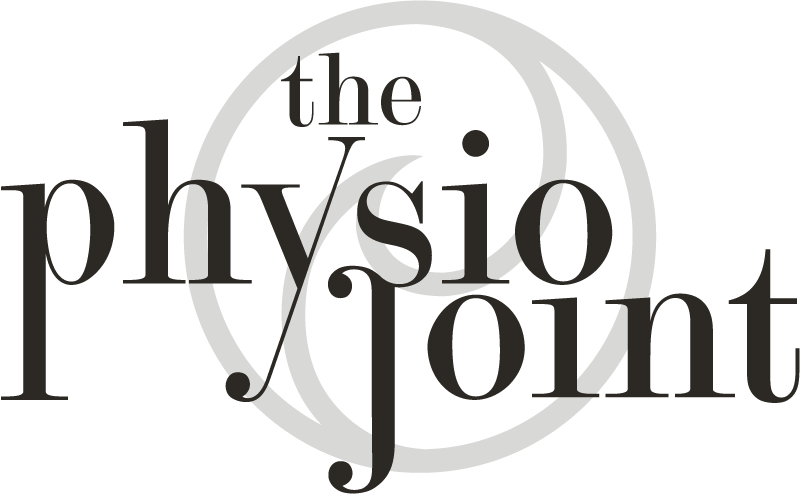Ehlers Danlos syndrome (EDS) can be defined as a group of hereditary connective tissue disorders which manifests clinically with skin hyper-elasticity, hypermobility of joints, atrophic scarring, and fragility of blood vessels.
The musculoskeletal prognosis is different in each individual and effect everyone in different ways:
- Joint laxity manifesting as recurrent joint subluxations/dislocations due to minimal trauma and/or spontaneous onset
- Osteoarthritis resulting in early onset of degenerative joint disease
- Osteoporosis due to reduction in general bone density
- Scoliosis and Kyphosis
- Chronic joint, ligament, tendon, or muscle pain due to myofascial and/or neuropathic source.
- Headaches related to muscle tension/tone, and position faults in cervical spine.
From a neuromuscular standpoint, we see:
- Low muscle tone (hypotonia)
- Generalized muscle weakness
- Decreased reflexes in the knee extensors and flexors
Physiotherapists play an important role in management through exercise prescription and patient education for many of these conditions. Each physical therapy plan of care must be specially created for the patient depending upon the subtype of EDS and the signs and symptoms of that patient.
In general, physical therapy intervention focuses on decreasing the patient’s disability from a multidirectional approach:
- Aerobic exercise program: consisting of aerobic conditioning combined with a low resistance, high repetition resistive training program to promote increased joint stability by increasing general resting muscle tone.
- Strength exercise program: to avoid recurrent joint subluxations/dislocations due to increased muscle tone and to counteract presence of excessive joint, ligament, tendon, and muscle laxity.
- Assistive devices: to provide loading relief to lower extremity joints during ambulation and weight bearing activities.
- Bracing: to promote increased joint stability and decrease likelihood of joint subluxation/dislocation.
- Pain management techniques: to address soft tissue, myofascial, and chronic joint pain associated with EDS:
- Myofascial release techniques.
- Pain relief (immediate – several hours).
If you believe this relates to you, don’t hesitate to book now with one of our physiotherapists.




